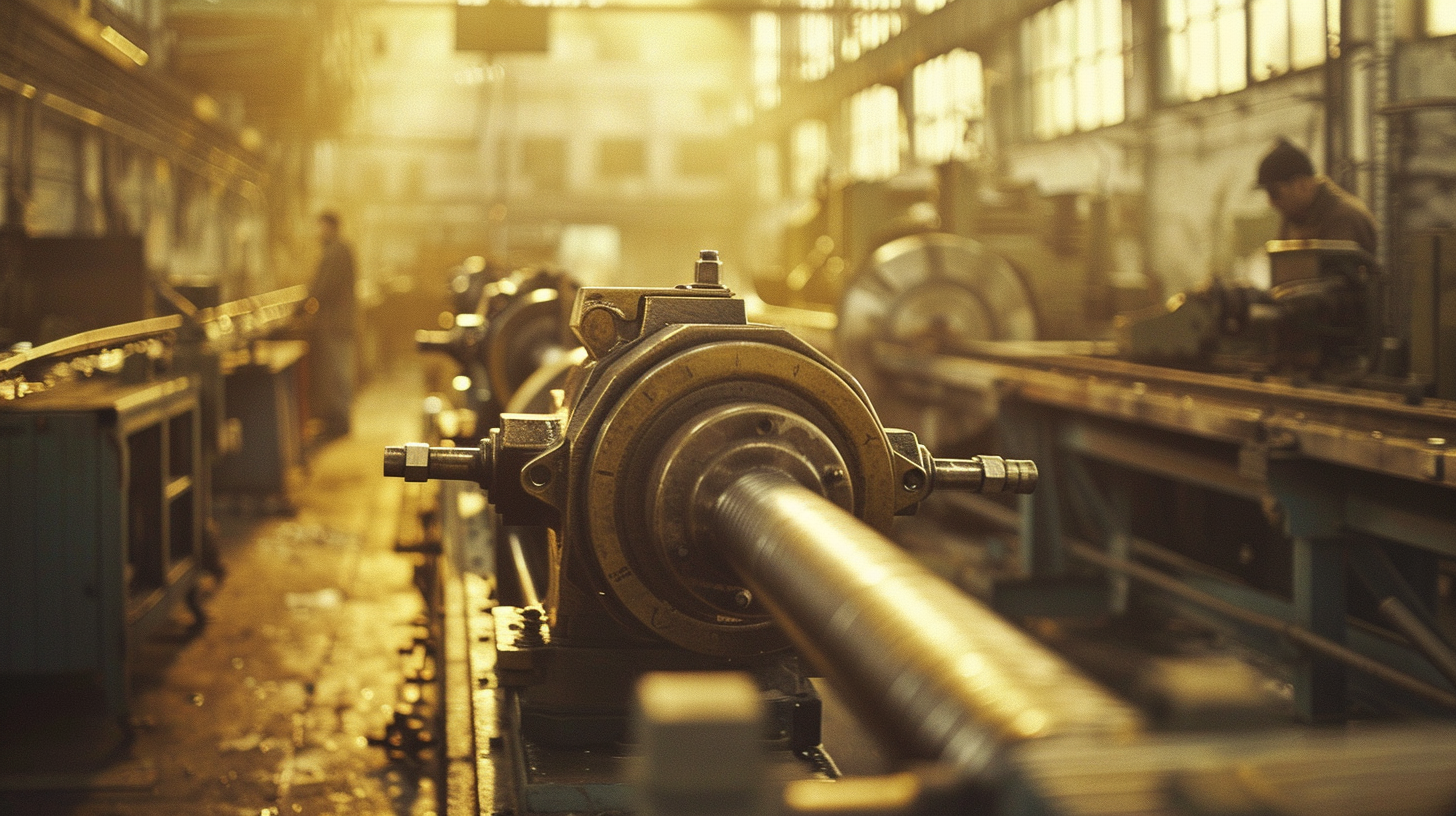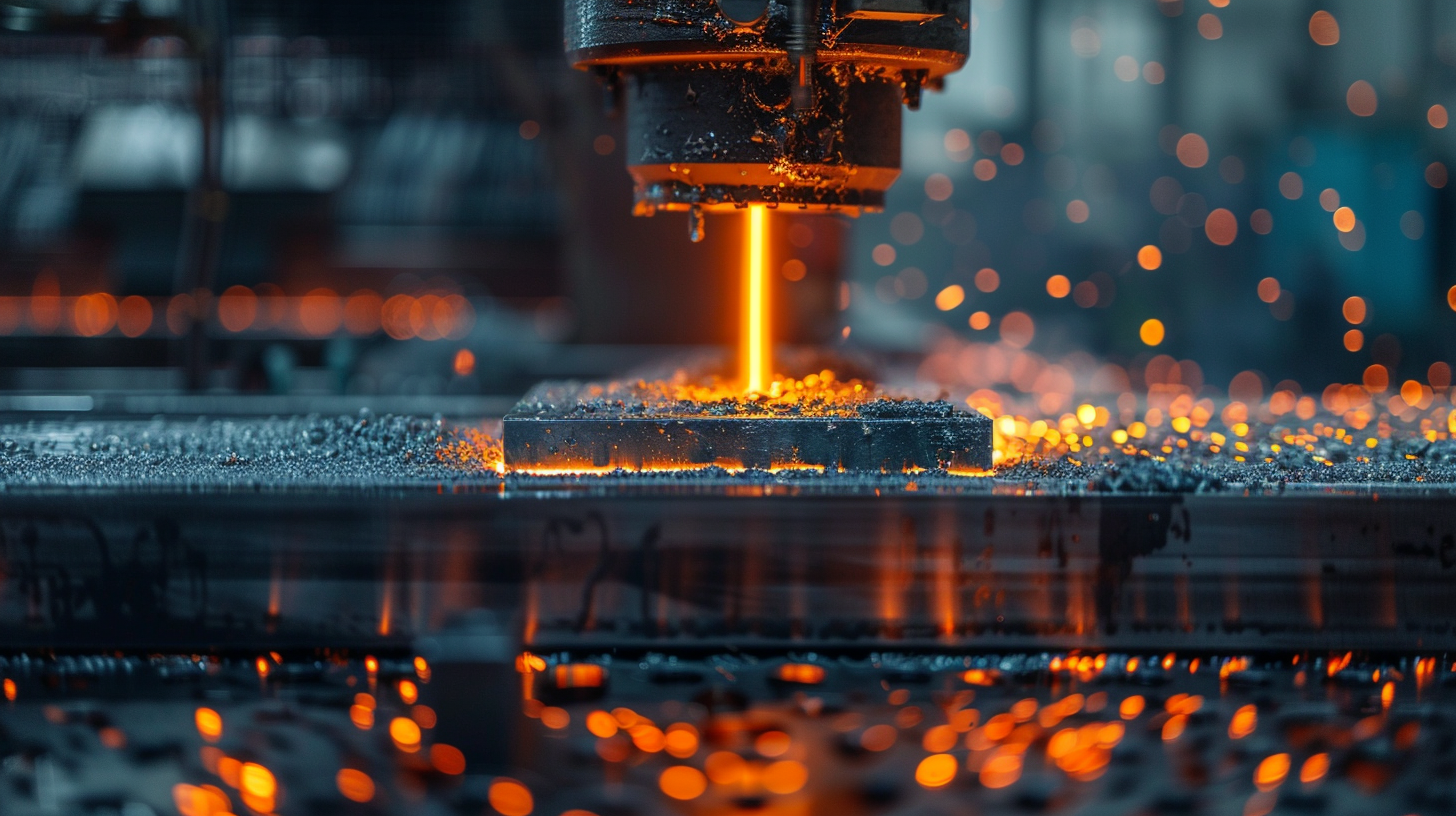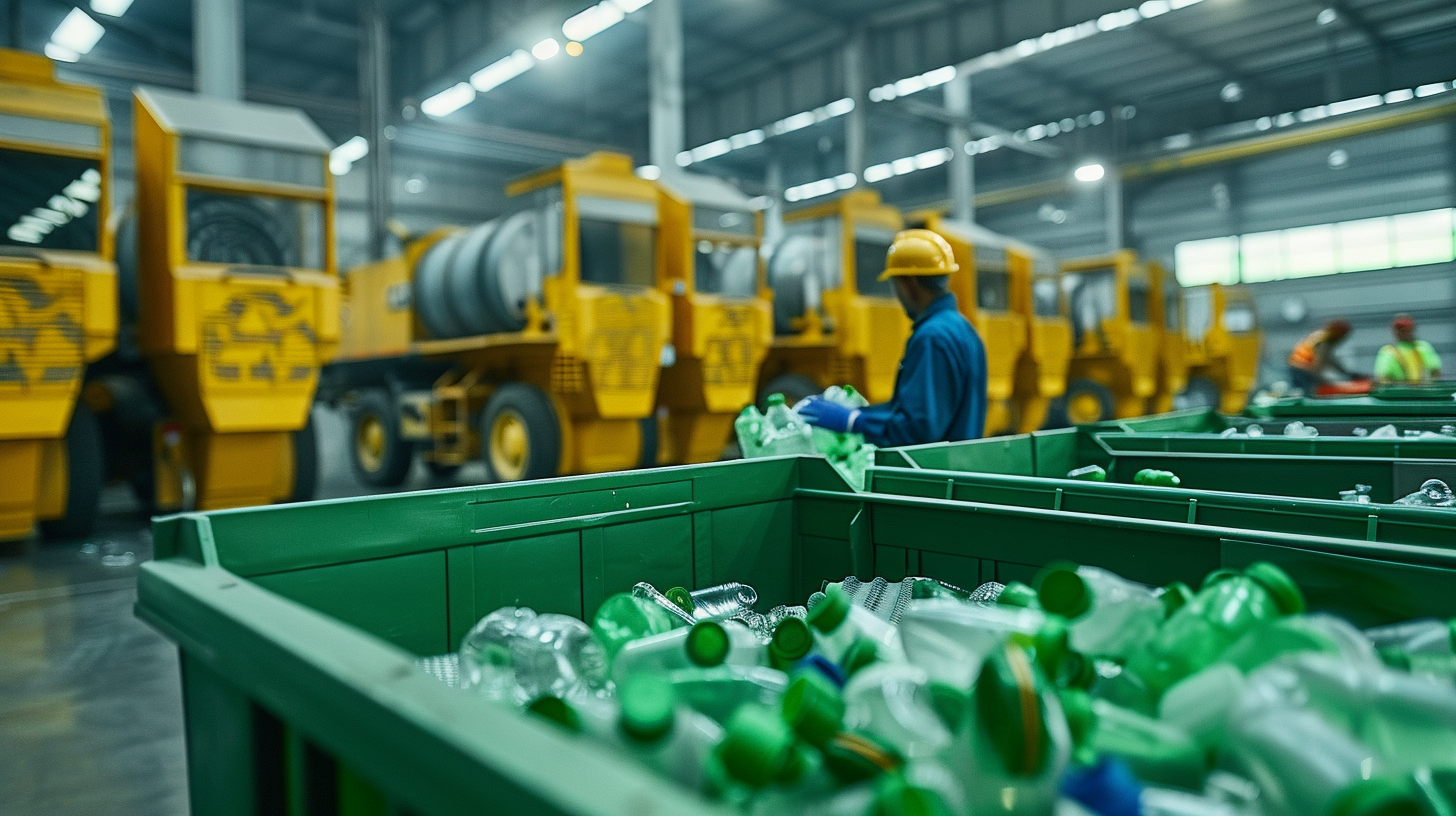Die casting, a highly versatile manufacturing process, has a rich history dating back to the 19th century. Initially developed to produce movable type for the printing industry, die casting quickly expanded into other applications due to its ability to produce complex shapes with high precision and repeatability. Over the decades, advancements in materials and technology have significantly enhanced the die casting process, making it a cornerstone in modern manufacturing for a wide range of industries, including automotive, aerospace, electronics, and consumer goods.
The early methods of die casting used lead and tin as primary materials, which were later replaced by more durable and versatile metals such as aluminum, magnesium, and zinc alloys. These materials offered superior mechanical properties, corrosion resistance, and lightweight characteristics, making them ideal for various high-performance applications. The introduction of high-pressure die casting in the 20th century revolutionized the industry, allowing for the production of intricate parts with exceptional surface finishes and minimal post-processing.

At Ruicheng, we have harnessed the power of modern die casting technology to provide our clients with superior quality products. Our state-of-the-art facilities are equipped with the latest high-pressure die casting machines and advanced automation systems, ensuring precision, efficiency, and consistency in every project we undertake.
One of our key strengths in die casting is our comprehensive approach to project management. From the initial design phase to final production, we work closely with our clients to understand their specific needs and tailor our processes to meet their exact specifications. Our team of experienced engineers uses cutting-edge simulation software to optimize mold designs and casting parameters, ensuring optimal material flow and solidification. This proactive approach helps to minimize defects such as porosity, shrinkage, and warping, resulting in high-quality, durable castings.
Additionally, our expertise extends beyond the casting process itself. We offer a full range of secondary operations, including CNC machining, surface finishing, and assembly, providing a complete end-to-end solution for our clients. Our quality control procedures are rigorous, involving detailed inspections and testing at every stage of production to ensure that each part meets the highest standards of accuracy and performance.

Environmental responsibility is another cornerstone of our operations at Ruicheng. We are committed to sustainable manufacturing practices, implementing measures to reduce waste, recycle materials, and minimize energy consumption. Our eco-friendly initiatives not only help to protect the environment but also contribute to cost savings and efficiency improvements, which we pass on to our clients.

In conclusion, the evolution of die casting from its humble beginnings to its current status as a key manufacturing process highlights the significant advancements in materials and technology over the years. At Ruicheng, we leverage these advancements to deliver exceptional die casting services, characterized by precision, quality, and sustainability. Our commitment to innovation and excellence ensures that we remain at the forefront of the industry, providing our clients with reliable and efficient solutions for their most challenging projects.
Post time: Jul-19-2024
